Dynos for Dollars
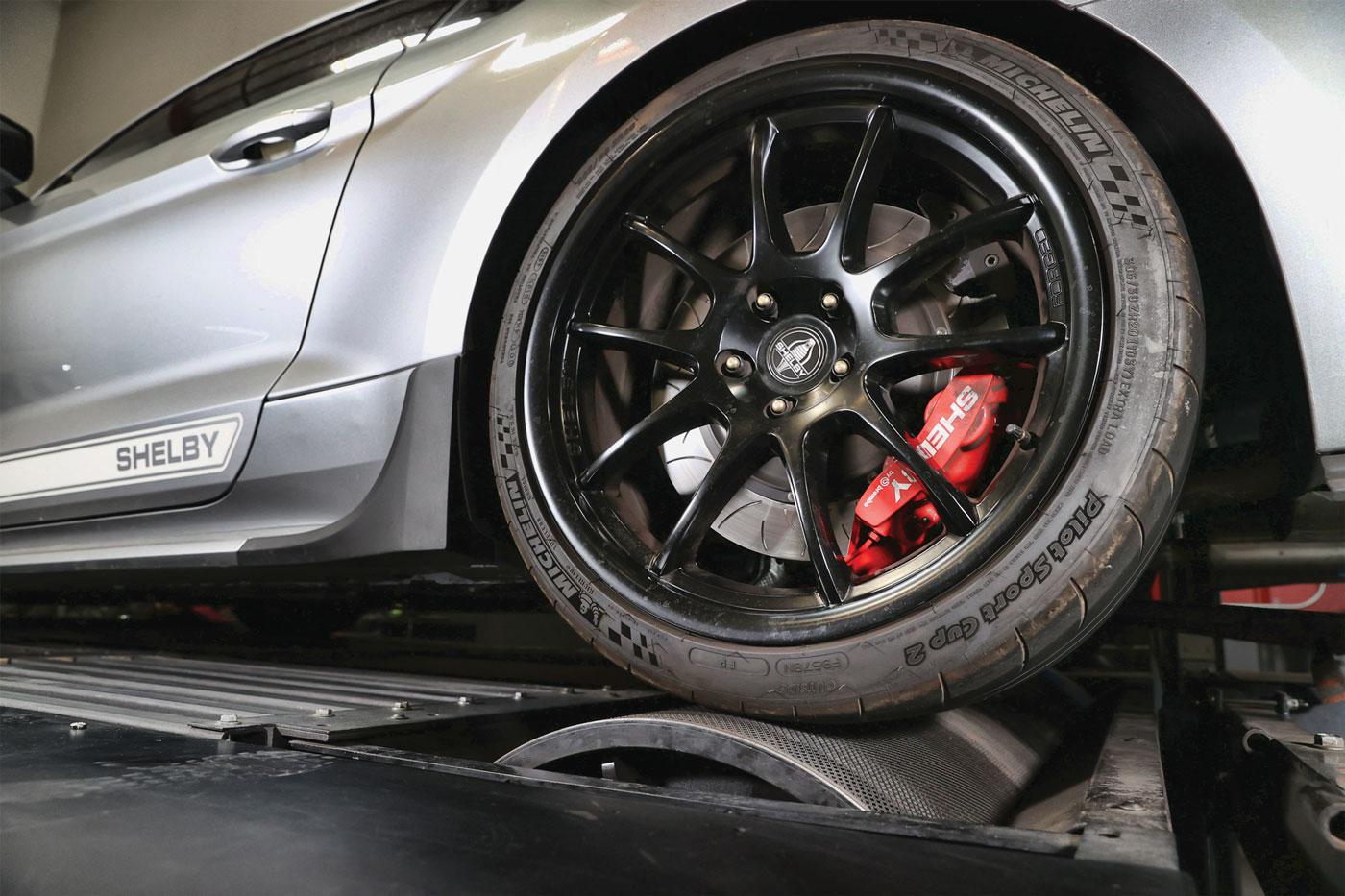
Beyond measuring horsepower, dynamometers can help race shops generate big profits. Our experts explain how.
The dyno doesn’t lie. It’s a common axiom in all types of competition. Whether that often-repeated saying is absolutely true or not, it speaks to the power that these machines have over racers’ psyches. The motorsports community worships at the altar of horsepower, and in that pursuit the dynamometer is the ultimate arbiter of truth.
With such a lofty stature, it’s not surprising that there’s a lot of money to be made with a dyno. Racers and car enthusiasts crave numbers, especially when it comes to power output. That desire naturally converts to a strong, steady market for those with the necessary equipment.
Money Makers
To learn more about the profit potential of dynamometers, we reached out to leading experts in the field. They shared with us six powerful ways dynos can increase a shop’s bottom line, along with the all-important financial considerations it takes to get in on the action.
1. New Customers
Dyno testing is almost a spectator sport these days, with much of the noise, intensity, and anticipation of actual motorsports. Add to that the powerful element of bragging rights, and a dyno becomes a true magnet for car enthusiasts. That makes it a powerful means of bringing new customers to a shop.
To create a buzz around a dyno and get attention, many shops hold frequent dyno days, in which groups of people gather and have their cars tested. “Dyno days generate a large local fan base,” said Johnny Johnson of Dynojet Research, North Las Vegas, Nevada. “Interest grows on social media when people have a cool car on a dyno and see how much power it laid down. You’re letting everybody around know that your shop is there and open for business. That gets people in the front door.”
2. Tuning Work
One of the biggest opportunities for making money with a dyno is in tuning customers’ cars, according to our sources. With today’s competition engines usually sporting fuel injection, forced induction and other complex systems, race-winning power is often a matter of tuning as much as hardware. This makes tuning a staple revenue source for dyno owners, which can generate considerable income month after month, year after year.
“The vast majority of the revenue coming into a shop that has a dynamometer comes in because they’re fixing the general tune on a vehicle,” explained Michael Caldwell of Mustang Dynamometer, Twinsburg, Ohio. “And people don’t tune on chassis dynos for a couple hundred bucks. It’s $1,000 and up to get a car on the dyno and get it tuned.”
3. Upselling Opportunities
Dyno runs are an ideal setting for selling customers more potent equipment to satisfy their need for greater power. This can be done by suggesting individual pieces, but the most effective way has proven to be by putting together pre-tested packages that offer proven power increases.
“Being able to put together packages and have the numbers to back them up is really huge,” said Johnson. “Just do the R&D on the dyno to make sure that the claim is true.”
Successful shops aren’t upselling just the performance aspects of the cars they get on their dynos. All of a car’s systems can mean potential work. “Dyno owners can make a lot of money with around-the-vehicle inspections,” added Johnson. “Are there any frayed or broken belts? How are the tires? Is everything tightened up? It’s no different than a service advisor would do at your local car dealership when you bring it in for an oil change.”
4. Renting Dyno Time
With dynos becoming more common and race engines getting costlier than ever, dyno testing is becoming the norm. Customers expect it. Even so, many shops still haven’t made the leap into purchasing a dyno. That’s another terrific opportunity for those that have.
“Renting dyno time is very lucrative,” said Caldwell. “It can be thousands of dollars to get some cars where they need to be.”
Many tuners roam throughout the country. These itinerant experts can be prime candidates for renting dyno time, according to our sources. “Some of the best tuners don’t have a dedicated shop,” observed Johnson. “They travel from shop to shop and schedule four or five cars to do in a couple of days. And then they’re off to the next shop. So renting dyno time to them can pay very, very well.”
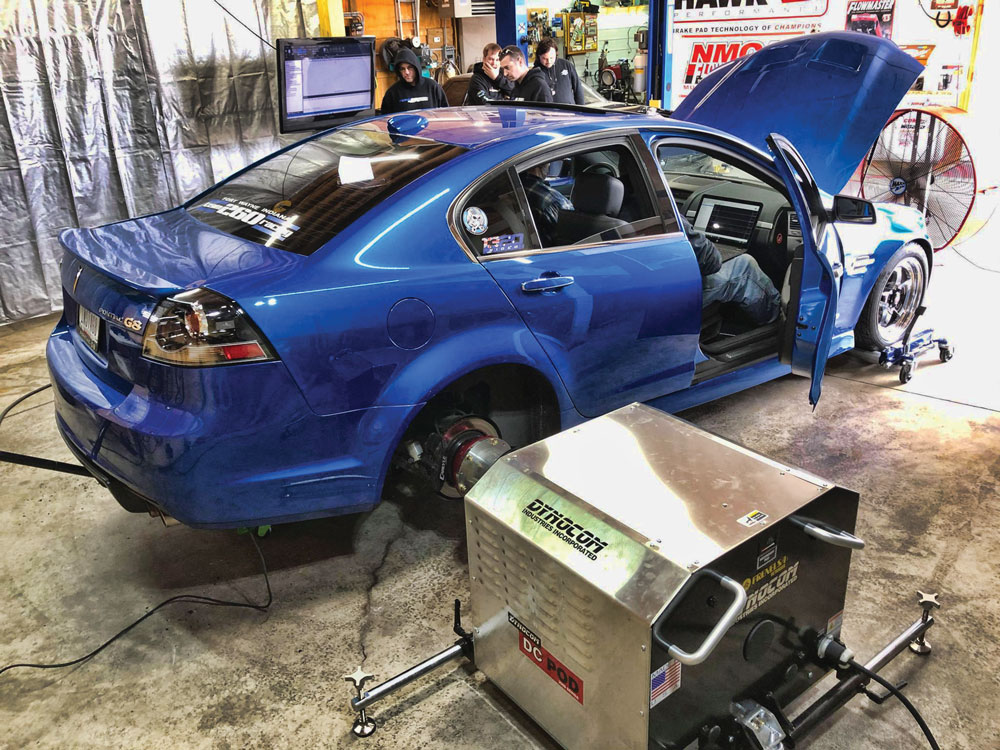
5. Cost Savings
Besides bringing in revenue for a shop, having a dyno can also boost the bottom line by cutting costs. For one thing, just having the ability to test vehicles inside the shop eliminates significant expenses. “With a dyno, there’s no need to take vehicles on drivability tests on the streets,” said Allison Blackstein of Dynocom Industries in Fort Worth, Texas. “So it’s a big insurance saving.”
Shops that don’t have a dyno in-house are probably renting time from one that does. That may not seem important if it’s a couple blocks away and easy to schedule. But for many shops, it’s not that easy. Often the nearest dyno is an hour or more away, and it gets booked well in advance. “It’s a waste of time driving hours just to get some dyno runs in,” noted Caldwell. “That time can’t be billed to the customer. No one’s going to pay for that.”
Along with these savings, having a dyno allows a shop to pinpoint problems faster and more accurately. The precise data provided by a dyno can eliminate guesswork and speed up diagnostic tasks. “These days, a lot of mechanics just throw parts at things versus actually diagnosing the problem,” said Johnson. “They’re basically chasing a ghost. So having a dyno saves a ton of time and money.”
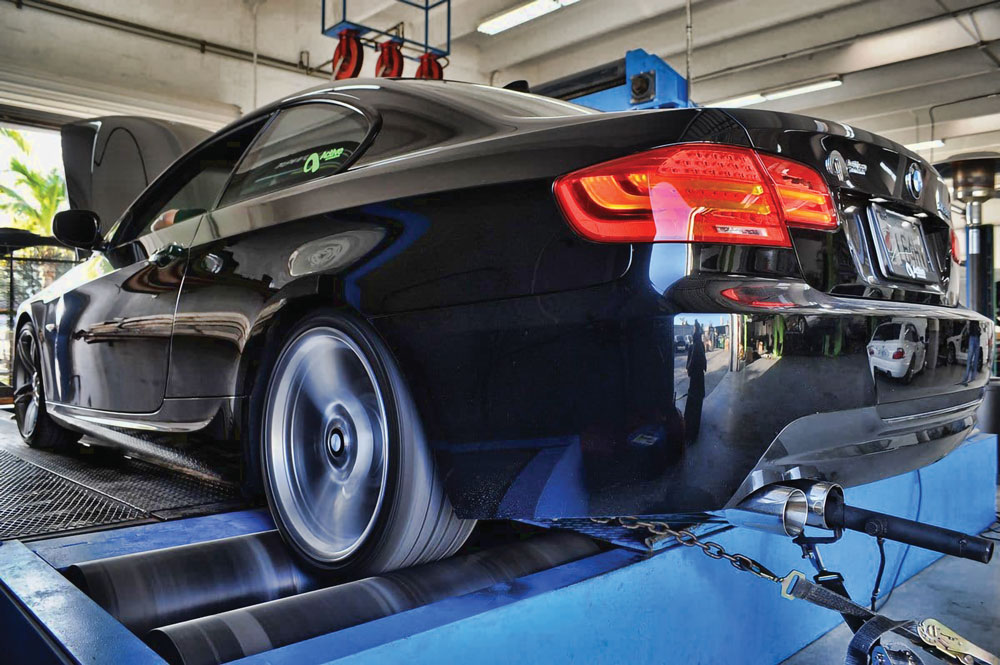
6. Increased Credibility
Perhaps most important of all, a dyno can make a shop far more credible to potential customers. They know the shop will be able to back up performance claims, verify its work and tune for optimum results.
That assurance can set a shop far above its competitors, said Scott Lampkin of Dynapack, Clovis, California. “When there’s a dynamometer at a facility, it’s automatically going to be considered a more professional outfit in the eyes of the consumer who’s shopping for someone to work on his car.”
Profit Killers
As noted, a dynamometer can be a powerful money-making tool. But like any tool, there’s a right way to use it and a wrong way. In contrast to the above, following are some of the biggest business mistakes dyno owners make, according to our sources.
1. Not choosing the right dyno
Dynamometers come in many different types, with a vast range of prices. Businesses that end up with the wrong type of dyno for their needs could be limiting the kind of work they can pursue or have to turn away potential customers.
“Start by taking a hard look into the future of the business,” explained Johnson. “What kind of cars do you hope to work on? Then base the buying decisions around that. For example, if Subaru tuning is in the plan for the future, then look at an all-wheel-drive dyno. Or at least think about a system that can be upgraded later.”
2. Not considering the facility
The type of dyno a shop invests in is often largely dictated by the kind of building it’s going in. This can lead to high-priced mistakes for shop owners who don’t look at their facilities before choosing a dyno. “Is the building rented or owned?” asked Johnson. “If rented, the landlord probably isn’t going to be happy with a giant pit dug in it to put the dyno in the ground.”
“Power is another consideration,” added Blackstein. “Some shops don’t have high enough voltage, or they only have single phase instead of three phase.”
3. Not considering additional costs
Different types of dynos have different installation needs. These costs can be substantial and need to be factored into the overall budget for getting a dyno. “An above-ground dyno requires either a four-post lift or ramps,” said Blackstein. “If it’s going in-ground, it needs a pit. That can range from $3,000 to $7,000 depending on where the shop is located.”
4. Not financing
Many shop owners are scared off by the relatively high prices of dynos. For that reason, they miss out on a potent flow of revenue that can last decades. “A lot of people think a dyno is going to cost them tons of money that they’ll never be able to repay,” said Johnson. “But there are financing options. And if a shop runs a couple of cars a month, it really pays for itself.”
5. Not knowing how to use the equipment
A big part of the revenue from a dyno comes from tuning and component installation. So it’s crucial for shops to know what they’re doing when it comes to running the dyno and working on the cars they specialize in. “A dynamometer is useless without a person who knows what they’re doing,” observed Caldwell. “It ends up being just a very expensive paperweight.”
6. Not specializing
Most of the benefits a dyno offers a shop are built on the foundation of credibility. Building that crucial reputation starts with understanding what kind of cars the shop will specialize in. “It can’t be the jack of all trades,” said Lampkin. “It’s very rare for a dyno shop to be successful tuning everybody’s product.”
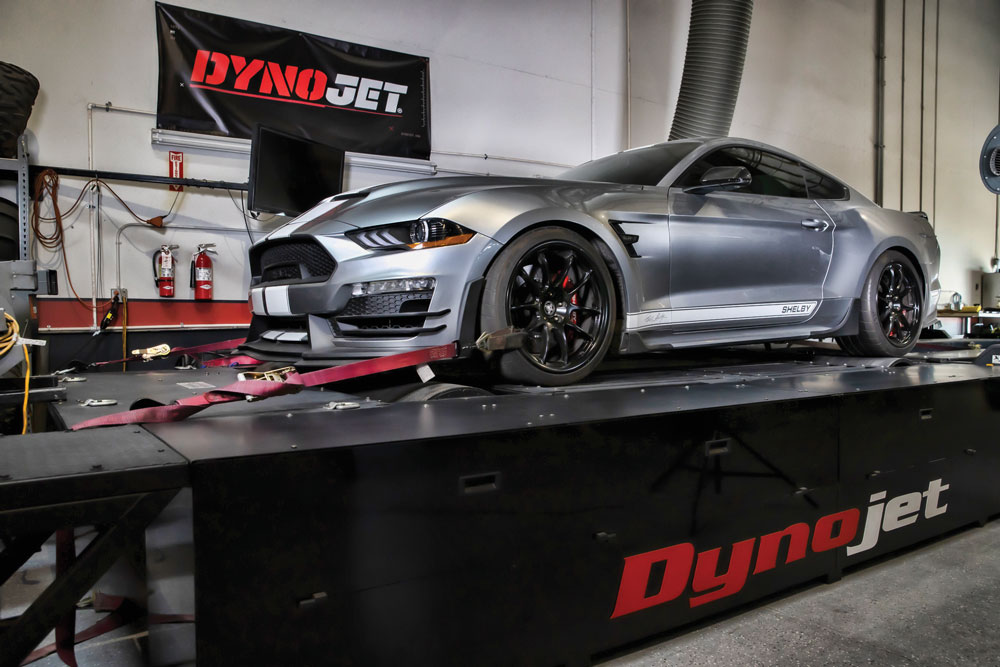
7. Not networking
Being successful with a dyno is largely a matter of being visible to the local community of racers and car enthusiasts. For this, it’s absolutely crucial to network within the area’s car culture. “The best way to get business is word of mouth,” Lampkin said. “Be involved in your segment.”
8. Not knowing the business
Although dynos can be a powerful revenue source for shops, they’re still just one component in the overall mix. Without the essential foundation of a strong business, a dyno won’t add much. “Years ago, a guy bought a dyno from us, and I showed up to train him,” recounted Lampkin. “There wasn’t even a toolbox in his shop. I asked him, ‘Are you a mechanic?’ He said, ‘No, I worked at my dad’s pizza parlor. I want to be a tuner, and he financed this for me.’ His dad dropped $120,000 on this dyno. I ended up selling it for him six months later.”
9. Not being creative
To profit from a dyno, be creative and look for opportunities wherever they present themselves, note our sources. “It’s kind of like selling hamburgers,” explained Johnson. “McDonald’s has the Big Mac, the Quarter Pounder, the cheeseburger, and others. They’re all hamburgers. It’s just a different bun, different sauce. Like that, figure out how the shop can generate money off of this same piece of equipment in the same spot.”
10. Not getting a dyno
Perhaps the biggest mistake of all is passing completely on the opportunities that a dyno offers. Sure, getting one requires thought, planning and plenty of number crunching. But the rewards can be well worth the effort.
“Without your own dyno, you have to wait in line at somebody else’s shop,” noted Caldwell. “You’ve lost control over your process, and you’re just subsidizing somebody else’s dynamometer investment.”
To that Johnson added, “One of the biggest things I hear from people is, ‘If I would have known it was that easy to get a dyno, I would have done it years ago.’”

Making the Leap
According to our sources, the profit potential with a dyno can be immediate and powerful. “Dynos are really cheap compared to what they bring in,” said Caldwell. “A shop might have $45,000 to $55,000 into it, but each vehicle that runs across it will bring in $1,000 to $3,000, depending on how much time is spent on the vehicle.”
Nonetheless, that initial investment certainly isn’t pocket change. Even low-price dyno setups cost more than $10,000. That’s a significant purchase for well-to-do shops, and a huge expenditure for ones that aren’t so well endowed.
This is where financing plays a crucial role. The ability to buy or lease a dyno over time is vital to making the numbers work. “With interest rates where they are, it’s kind of foolish to pay cash for a dyno,” explained Caldwell. “Just lease-to-own and spread the payments out over 60 months. There’s very little down required. They might ask for first and last payment, which might be a couple grand up front. But then the cash out of pocket is pretty much removed from the table. It’s bringing in more than that per month. So from a cash-flow standpoint, it can be completely invisible to the shop.”
Even so, many shop owners wonder how quickly a dyno can generate positive cash flow and pay for itself. According to our sources, that can vary widely, depending on the shop and what it does with its dyno. For example, some shops use their dyno mostly for their own internal development work. For them, the return on investment can be four or five years compared to renting time on someone else’s dyno.
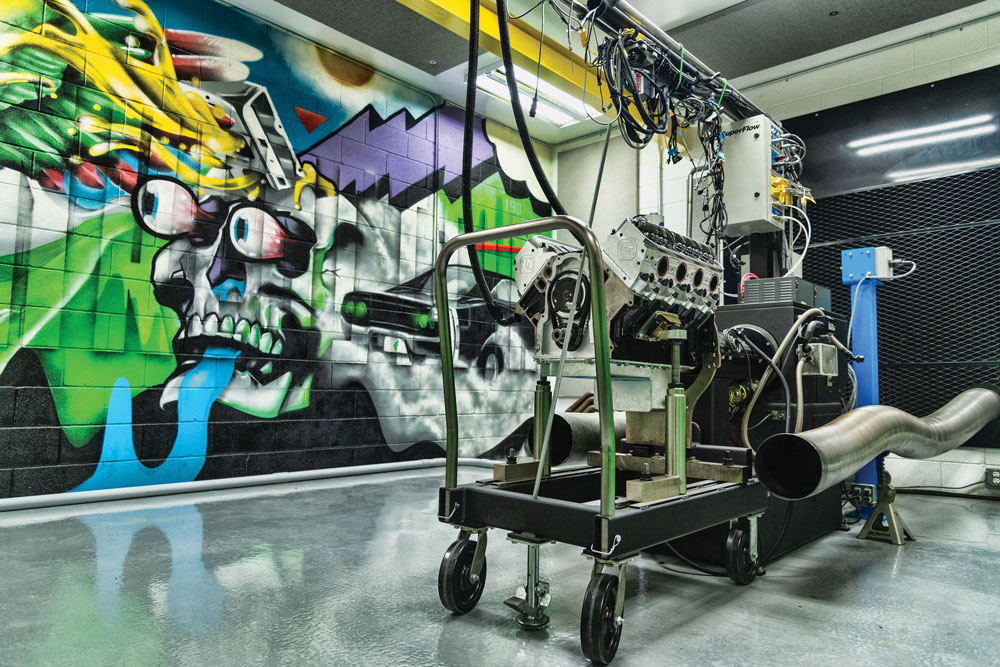
On the other hand, a dyno can pay for itself almost immediately for shops selling dyno services, if they have a good location, a solid market and a strong grasp of the kind of vehicles their customers bring in. “I’ve seen some shops that do enough work where it literally pays for itself in a matter of months,” observed Johnson.
With the many business advantages dynos offer, it’s not surprising that more and more shops are getting them. It’s not just the “in” thing to do. Dyno work is more than ever a big percentage of the revenue that successful shops bring in.
“A dyno is a money-printing machine,” said Caldwell. “The longer you put off getting one, the more money you’re losing.”
Sources
Dynapack
dynapack.com
Dynocom Industries
dynocom.net
Dynojet Research
dynojet.com
Mustang Dynamometer
mustangdyne.com
 MEMBERSHIP LOGIN
MEMBERSHIP LOGIN JOIN PRI
JOIN PRI


